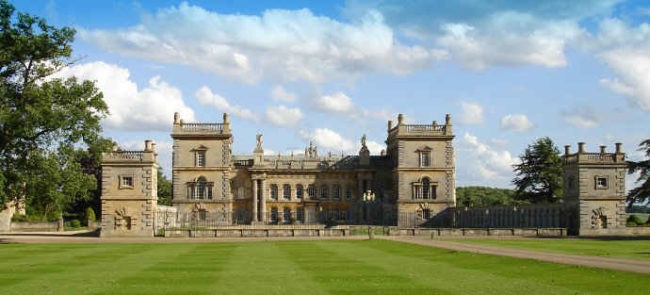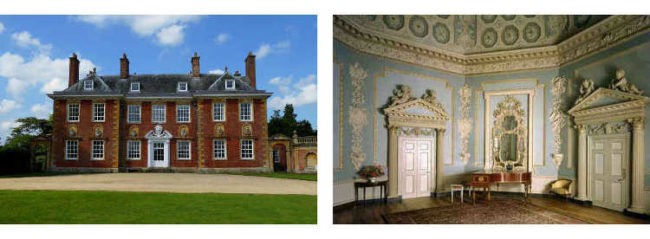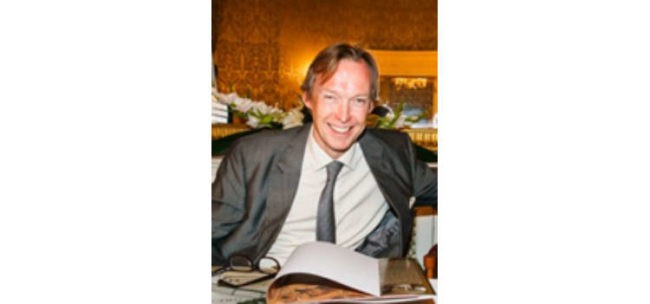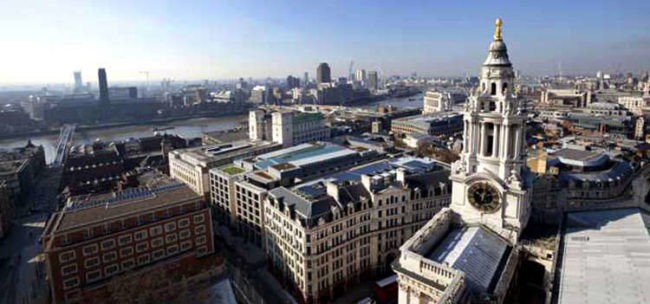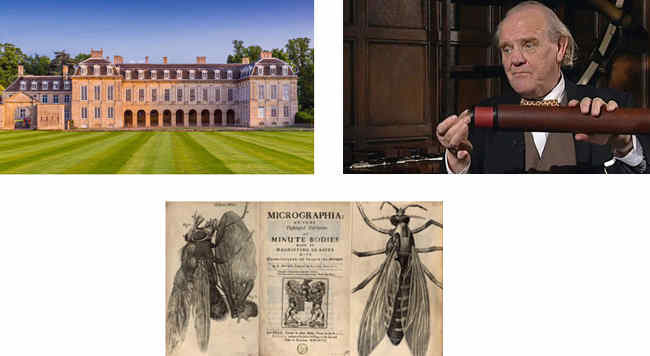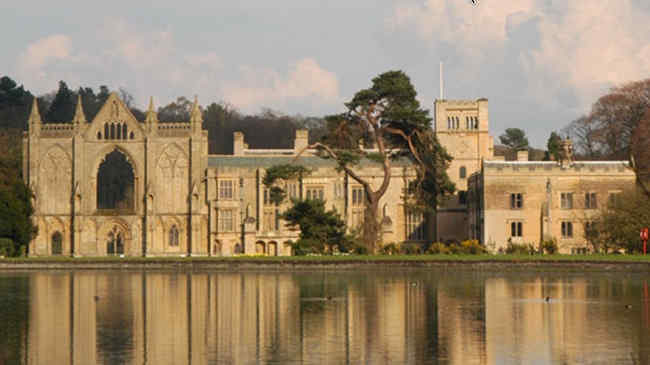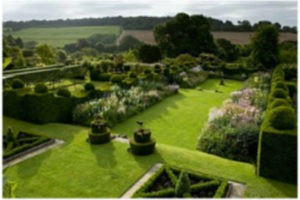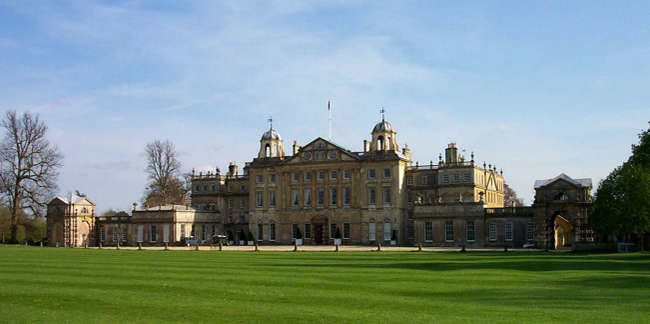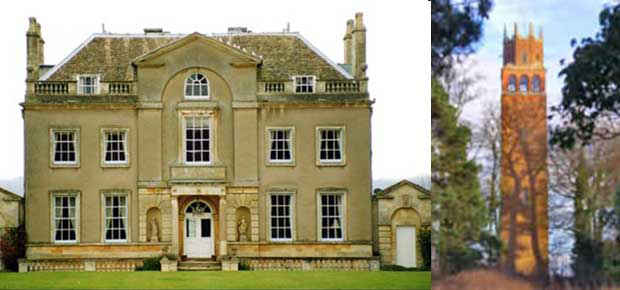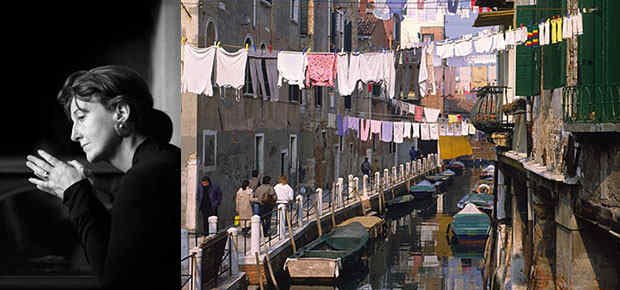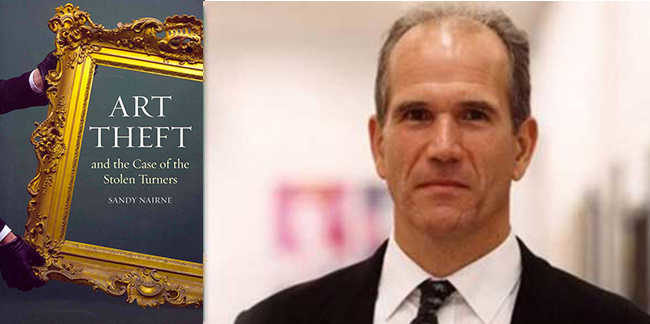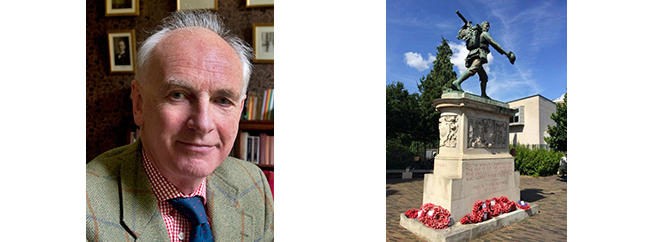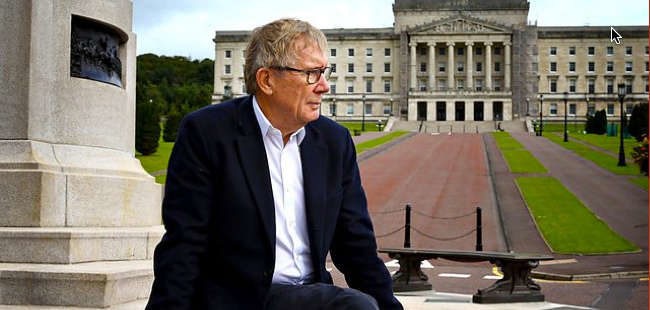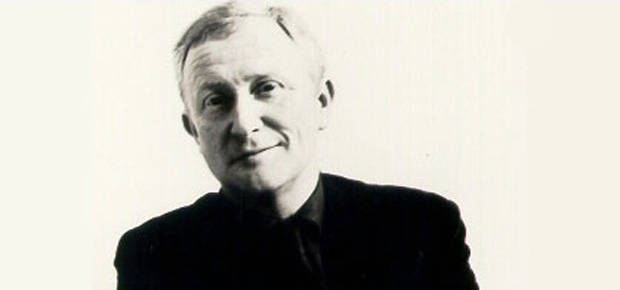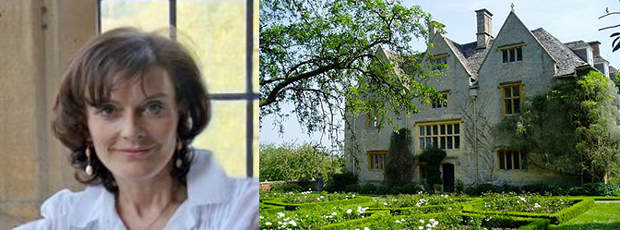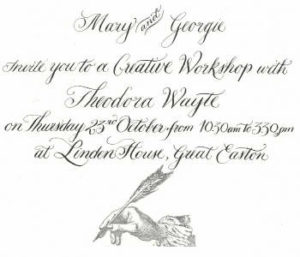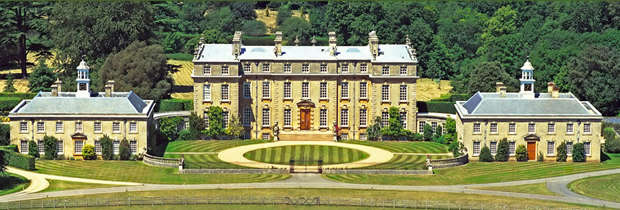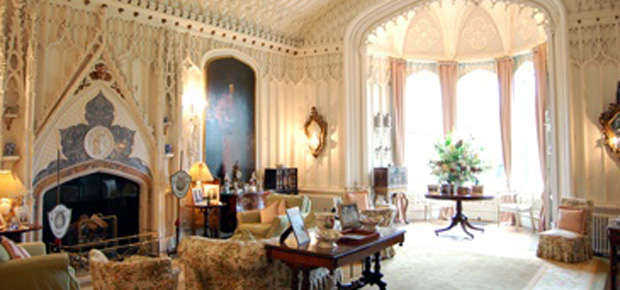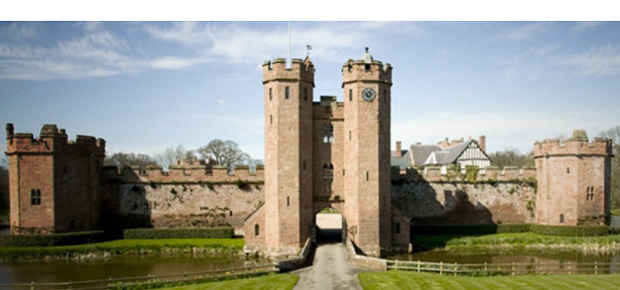Visit to The Spalding Gentlemen’s Society
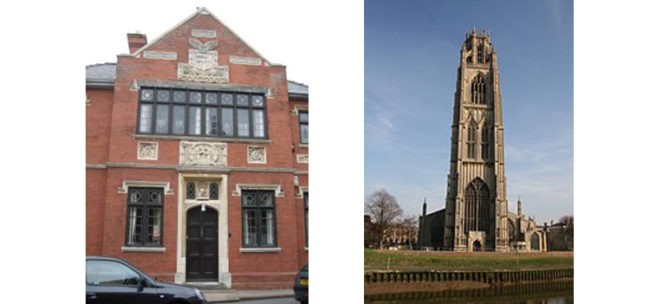
We visited the Spalding Gentlemen’s Society Museum in Broad Street, one of the oldest museums in the country, which houses an incredible collection, with many items having been donated by previous members. The society was founded in 1710 and remains active today. .
The Library has a fascinating collection of books, some very rare, many very old. One of the museum’s many charms is the eccentric and appealing way that, among the thousands of items on display, the priceless is displayed next to the mundane.
After lunch we visited St. Botolph’s Church in Boston, known universally as the Boston Stump, and famed for its Medieval Tower.
